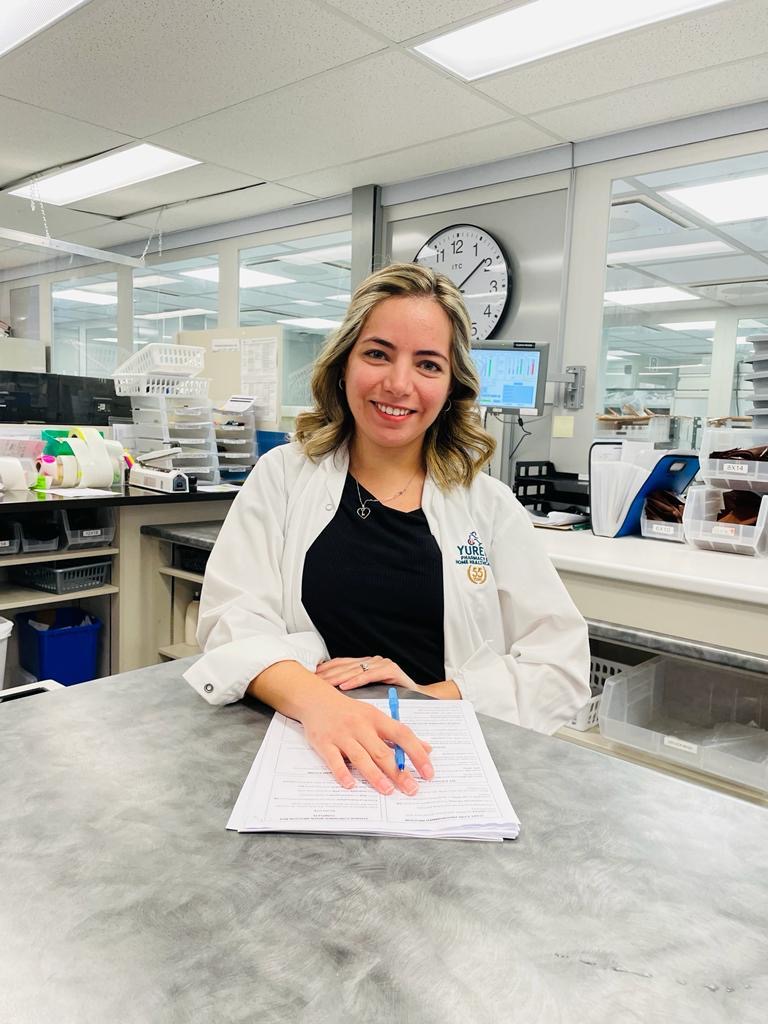By Sarah Almasalkhi, RPh, PharmD
There are 4 main types of headaches: sinus, tension, migraine, and cluster. Tension headaches are the most common type of headaches and are most prevalent in adolescents and adults. Symptoms of tension headaches can last for hours or days and can affect activities of daily living for many people.
Signs and Symptoms
The main distinguishing symptom of tension headaches is tightness around the head, commonly described as a tight band surrounding the temples and back of the head. Constant and dull aches occur mostly in the neck, shoulders, and around the eyes. Pain and discomfort can last for 30 minutes to 7 days; worsening slowly with time.
Triggers/Causes
Stress, neck strain, and lack of sleep are the most common causes of tension headaches. Other causes include smoking, eye strain, hot weather, skipping meals, alcohol, jaw clenching, and hormonal changes.
Prevention
Lifestyle changes can help prevent and relieve pain associated with tension headaches. Keeping a journal of activities, meals, and hours of sleep before each headache can help identify unique triggers to avoid. Other prevention tips include: good posture while sitting or standing, using a firm pillow, limiting caffeine and alcohol, and avoiding skipping meals.
Treatment
Analgesics such as regular Tylenol, Tylenol Ultra Relief (includes caffeine), Advil, or Aleve can be used for occasional tension headaches. However, it’s important not to use these pain medications more than 3-4 times per week since they can cause rebound headaches. Alternative pain relief methods include taking hot baths, massage therapy, and applying ice or heat on the neck and/or forehead.








